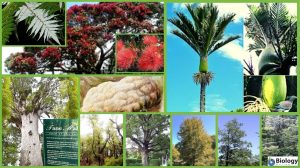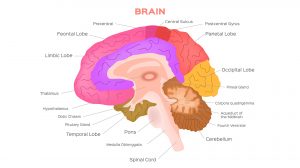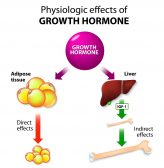Definition
noun
The late stage of prophase I of meiosis I in which homologous chromosome pairs begin to separate and move away from one another except at chiasmata.
Supplement
Meiosis is form of cell division that gives rise to genetically diverse sex cells or gametes. It is comprised to two successive nuclear divisions namely meiosis I and meiosis II. Meiosis I is comprised of four stages: prophase I, metaphase I, anaphase I, and telophase I. Prophase I is the first stage and consists of the following sub-stages: leptotene, zygotene, pachytene, diplotene and diakinesis.
Diplotene is the next stage after pachytene. Prior to diplotene stage, the paired homologous chromosomes (called tetrad or bivalent) became shorter and thicker, and the sister chromatids became more distinct. A zipper-like structure called synaptonemal complex that formed between paired chromosomes in the earlier stage degrades at diplotene stage resulting in the homologous chromosomes to separate a bit. Homologous recombination and chromosomal crossovers between nonsister chromatids at chiasmata took place prior to diplotene stage. Homologous chromosomes remained paired and tightly bound at chiasmata at this point.
In human oogenesis, the oocytes are arrested in this stage. This stage is referred to as the dictyotene stage or dictyate. Meiosis will resume generally at puberty. At each ovulation, an oocyte goes through the remaining sub-stages of prophase I of meiosis (but only to be arrested again at metaphase II of meiosis II).
Word origin: from Greek words meaning “two threads”
Synonym(s):
- diplonema
See also:
- meiosis
- meiosis I
- prophase I
- leptotene
- zygotene
- pachytene
- diakinesis
- homologous chromosome
- dictyate







